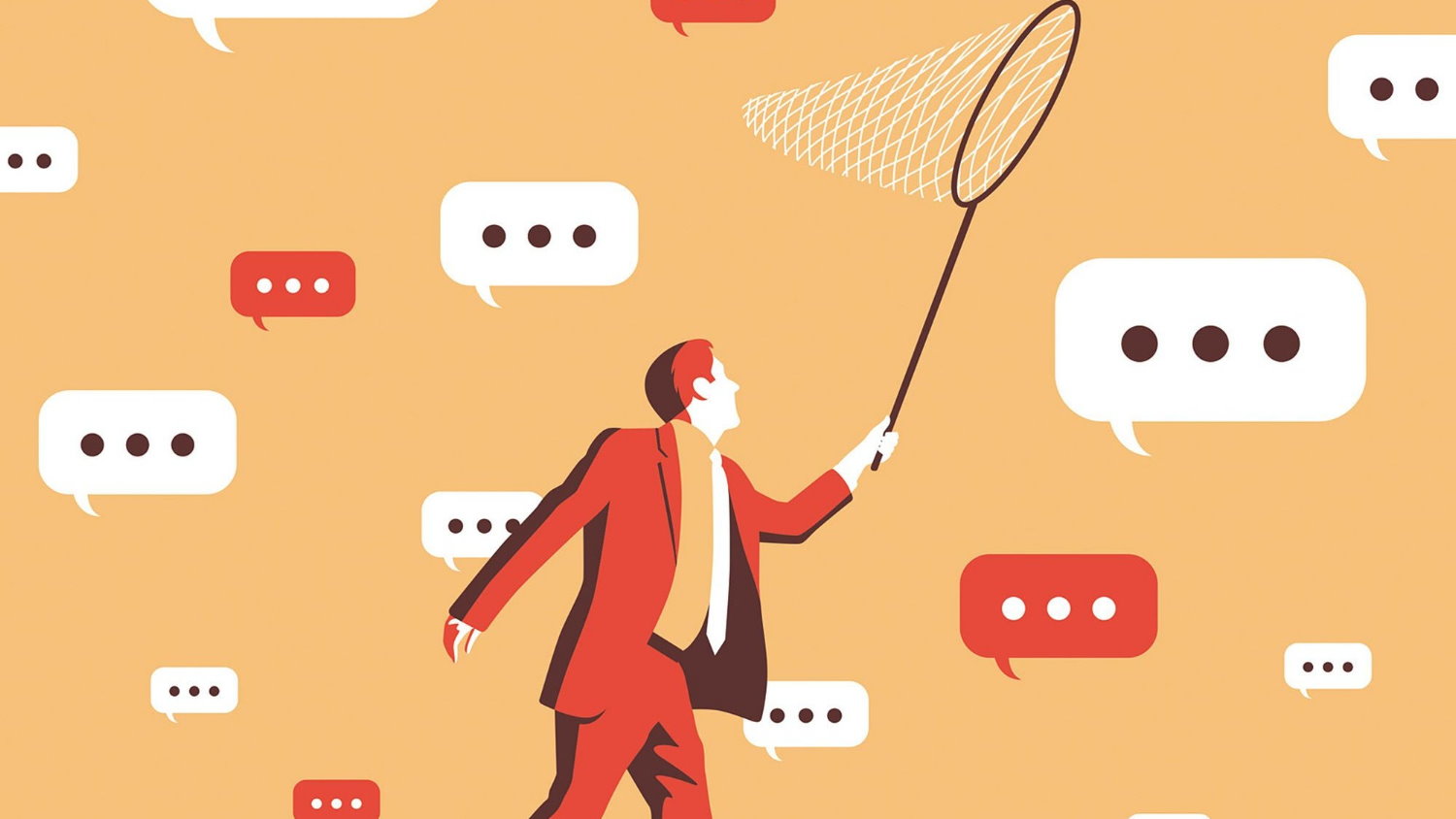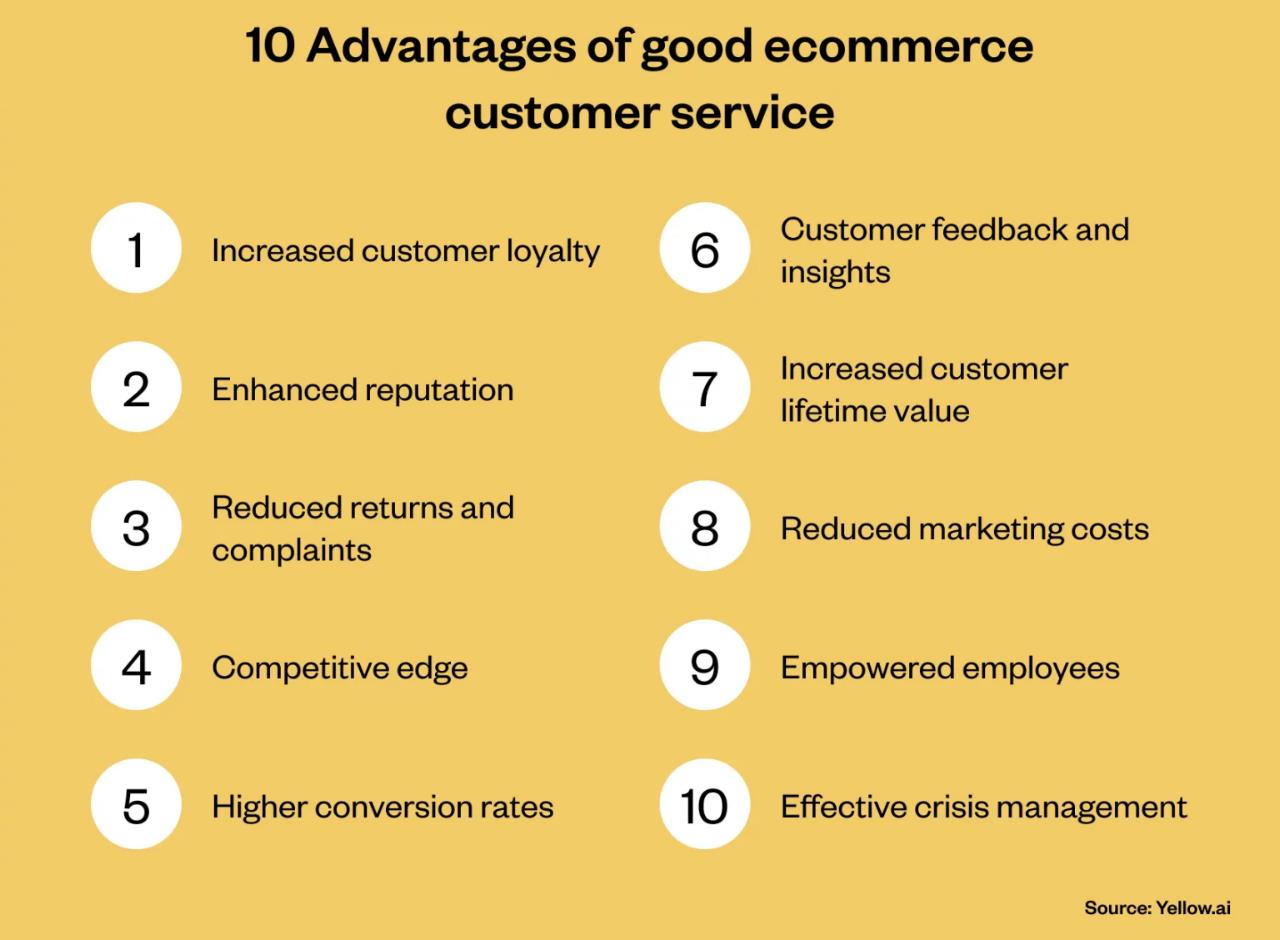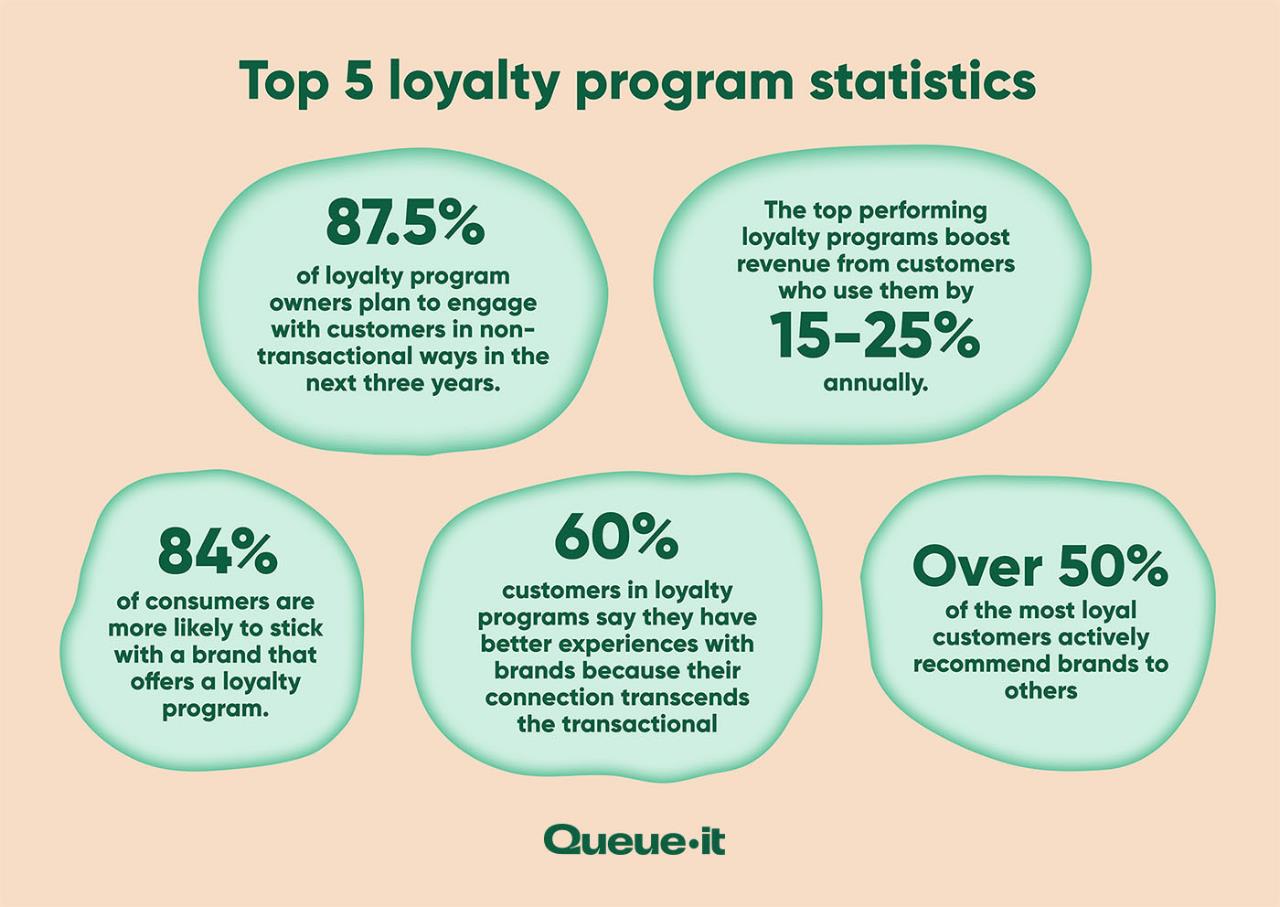
Topics
In a competitive landscape, exceptional customer service isn’t merely an option; it’s a defining factor that can set your business above others. This section will explore critical aspects of customer service and building a loyal customer base. In this section, you will:
- Learn how excellent customer service impacts retention, reputation, and success, equipping you to exceed customer expectations.
- Examine how skills like clear communication, empathetic listening, and effective problem-solving can enhance the customer experience.
- Explore strategies like exceptional service, incentives, and engagement through email and social media to foster lasting relationships.
By the end of this section, you’ll have the tools to excel in customer service and drive long-term success.
Importance of Customer Service

In the competitive online world, providing excellent customer service is not just an option—it’s a necessity. It’s a key that differentiates your business from the rest. Exceptional customer service helps build loyal customers, setting you apart from competitors.
What is E-commerce Customer Service?
Before diving in, let’s define e-commerce customer services. In a nutshell, e-commerce customer service involves providing support to online shoppers through e-commerce platforms and channels during their entire journey. When we say ‘support,’ we mean:
- Promptly handling various support requests to ensure customer satisfaction.
- Answering frequent inquiries regarding products, returns, delivery, etc.
- Monitoring online channels to offer quick response times and managing digital customer expectations.
This naturally leads us to the next crucial question…
The Impact of Customer Service on Your Business
What’s the impact of inferior customer service? Consider these statistics:
- 27% of Americans report that ineffective customer service is their number one frustration (Statista).
- 12% of Americans rate their number one frustration as “lack of speed” (Statista).
- 72% of customers say that explaining their problems to multiple people is poor customer service (Dimensional Research).
- 79% of consumers who used feedback to complain about poor customer experience online were ignored (Harris Interactive).
- 33% of consumers would recommend a brand that provides a quick but ineffective response (Nielsen-McKinsey).
- Only 17% of consumers would recommend a brand that provides a slow but effective solution (Nielsen-McKinsey).
Brand Image
By providing excellent service, you can create a favorable brand image. For example, you might:
- Utilize chatbots on your website to offer instant support and answer common questions.
- Personalize email marketing with special offers and curated suggestions based on customer preferences or order history.
- Establish a strong presence on social media to engage with your customers, address their concerns, and share user-generated content to showcase how customers style your products.
- Hosting exclusive events where customers can learn more about your designs and the stories behind them.
Davie Fogarty
Customer Retention
Providing top-notch customer service can greatly impact customer retention rates. When customers feel valued and have their concerns addressed promptly, they are more likely to stay loyal to your brand and make repeat purchases. They also tend to be happy customers who will also refer people by word of mouth and/or social media.
Consider these statistics from thinkimpact.com:
- Customer retention affects ROI (return on investment), a 5% increase in CR results in a 25 – 29% increase in revenue.
- Retaining existing customers can increase profitability from 25% to a whopping 95%.
- It can cost 5 to 25 times more to acquire new customers than to retain an existing one.
- Repeat customers have been measured to spend an average of 67% more than new customers.
Word-of-Mouth Marketing
Satisfied customers are more likely to recommend your products, offering cost-effective and impactful word-of-mouth marketing. This kind of organic promotion is not only cost-effective but also highly impactful, as people trust recommendations from those they know.
Gavy Vee
Reducing Negative Reviews
By addressing concerns and providing solutions promptly, you minimize negative reviews that can harm your reputation. Strategies to reduce negative feedback might include:
- Ensure your product descriptions and images accurately represent the products you’re selling, setting clear expectations for customers.
- Only source products from high-quality vendors with the infrastructure and printing methods that meet or exceed your customers’ expectations.
- Promptly addresses customer concerns and ‘go-the-extra-mile’ to resolve any issues.
- Encourage satisfied customers to share their positive experiences on your website or social media.
 Ninja Bonus: Implement a post-purchase follow-up process. Reach out to customers to gather feedback, address any concerns or answer questions, suggest care and/or washing instructions, and mention your customer loyalty program before they post on review platforms.
Ninja Bonus: Implement a post-purchase follow-up process. Reach out to customers to gather feedback, address any concerns or answer questions, suggest care and/or washing instructions, and mention your customer loyalty program before they post on review platforms.
Strategies for Customer Support

Setting your business apart requires more than excellent designs; you’ll need to deliver outstanding customer support too.
Dealing With Common Problems
Address these common problems with a positive customer service response.
Late Deliveries: One common issue in POD businesses is the occasional late delivery. When this happens, it’s essential to communicate openly and honestly with the customer, providing a sincere apology and a clear explanation of the delay. Offer to track the package or expedite the shipping if possible.
- Proactively monitor shipments and reach out to customers as soon as you become aware of a delay.
- Apologize for the inconvenience and provide a clear explanation of the reason for the late delivery, as well as an updated estimated arrival date.
- Offer a gesture of goodwill to compensate for the inconvenience, such as a discount on their next purchase or a complimentary accessory that complements their purchase.
- Make yourself available for any further questions or concerns, and ensure that you keep the customer updated on the progress of their shipment.
Damaged Products: If a customer receives a damaged product, immediately apologize and offer a replacement or refund. You may also ask the customer to provide a photo of the damaged item to help identify any issues in the production process.
- Make it easy for customers to report issues, either through your website or customer service channels.
- Upon receiving the complaint, sympathize with the customer’s situation and apologize for the inconvenience.
- Promptly offer a hassle-free solution, such as sending a replacement product at no additional cost or providing a full refund, depending on the customer’s preference.
- To avoid similar issues in the future, ask for the customer’s feedback and use this information to improve your packaging, shipping methods, or quality control measures.
- Consider going above and beyond by including a small token of appreciation, like a discount code or a personalized note, when sending the replacement product.
Incorrect Sizes or Colors: In cases where the customer receives the wrong size or color, apologize for the inconvenience and offer to send a replacement in the correct size or color. It’s essential to address such issues promptly to maintain customer satisfaction.
Misprinted or Low-Quality Products: If a customer complains about a misprint or low-quality product, apologize and offer a refund or replacement. This is an opportunity to show your commitment to quality and customer satisfaction.
- Make sure there is an easily accessible channel for customers to report such issues, whether through a dedicated form on your website, direct contact with your customer support team, or a contact number.
- Upon being notified of the problem, sympathize with the customer, apologize for the inconvenience, and take immediate action to rectify the situation.
- Offer to send a higher-quality replacement at no extra cost and include a prepaid return label for the unsatisfactory item.
- Use the customer’s feedback to identify potential improvements in your production process, materials, or quality control measures to prevent similar issues in the future.
- As a token of appreciation for the customer’s patience and understanding, consider offering a discount on their next purchase or a free accessory that complements their purchase.
Lesser-Known Customer Service Strategies
Davie Fogarty
Proactive Communication: Rather than waiting for customers to reach out with issues or concerns, be proactive in reaching out to customers who have recently placed orders. This can involve sending a follow-up email to ensure they are satisfied with their purchase or offering assistance if they have any questions about the product.
Personalized Service: Adding a personal touch to your customer service interactions can make a huge difference. Address customers by their names, and try to add personal notes to your communications, such as mentioning their previous orders or any specific preferences they may have.
Surprise and Delight: Consider surprising your customers with unexpected gestures, such as sending a small gift or discount code for their next purchase. This can create a positive and memorable experience that will encourage repeat business.
Empower Your Customer Support Team: Give your customer support team the authority and resources to make decisions that will result in positive outcomes for your customers. When your team can act quickly and confidently to resolve issues, it leads to increased customer satisfaction and loyalty.
Solicit Feedback: Regularly ask for customer feedback through surveys or follow-up emails. This not only helps you identify areas for improvement but also demonstrates your commitment to continuously improving your products and services.
Develop a Comprehensive Customer Service Policy
Having a well-defined customer service policy in place before you need it can help ensure consistent and positive experiences for your customers.
Consider incorporating these best practices when creating your policy:
- Organization: One of the essential aspects of a successful customer service department is organization.
- Create SOPs with clear guidelines on how to handle various situations, including returns, exchanges, and refunds. Being prepared is the easiest way to success.
- Offer an email inquiry option: Customers may have questions about products, services, or policies. Make it easy for them to contact you via email and ensure prompt responses by following these steps:
- Display your email contact option prominently on your website.
- Provide separate email contacts for service/product information, customer support, back order, and shipping information.
- Implement an email inquiry response policy with auto-responder emails and sufficient staff to handle inquiries promptly.
- Set expectations for response times to customer email inquiries (e.g., 1 business day) and track your team’s performance to ensure they are meeting these standards.
- Provide a toll-free customer service support number: Many consumers prefer speaking with a live person to address their concerns. Implement these best practices:
- Display a customer service toll-free number prominently on your home page.
- Ensure your customer service department has enough staff to handle incoming calls promptly.
- Offer self-service options: One of the most underrated tactics in e-commerce is self-service. Over 60% of US consumers prefer automated self-service, such as through a website or mobile app for simple service tasks.
- Create a chatbot sequence to respond to the most common customer issues.
- Use personalization techniques: Unlike situations when customers just want quick answers to basic questions, there are times when they are looking for a personalized approach and expert advice. Offering a personalized, knowledgeable approach is what sets leaders apart from other online businesses.
- Training and support: Invest in training and support for your customer service team to ensure they have the necessary skills and knowledge to handle any situation that arises.
Customer Service Framework
To bring your service policy to life, you’ll need systems that ensure consistency and scalability, even if you’re a one-person business. These tools and processes will save you time and reduce customer frustration.
- Create reusable message templates for:
- Late deliveries
- Damaged items
- Exchange/refund requests
- Order status inquiries
- Use auto-responders (via Etsy, Shopify, or Gmail) to:
- Confirm receipt of messages
- Set expectations (e.g., “Replies within 1 business day”)
- Provide self-service links (FAQs, sizing guides, etc.)
- Make it easy for customers to reach you with organized support channels:
- Offer contact via email or platform messaging
- Keep your return and refund policies visible
- Consider a help page or chatbot for basic questions
- Create simple SOP documents and checklists for how to handle:
- Refunds
- Shipping issues
- Difficult customers
 The Customer Service Response Toolkit: Delivering great customer service means having the right tools ready when you need them. This downloadable resource provides pre-written responses and message templates for common customer inquiries, like late shipments, damaged items, refund requests, and more. Use this to save time, reduce stress, and ensure your communication is clear, professional, and on-brand.
The Customer Service Response Toolkit: Delivering great customer service means having the right tools ready when you need them. This downloadable resource provides pre-written responses and message templates for common customer inquiries, like late shipments, damaged items, refund requests, and more. Use this to save time, reduce stress, and ensure your communication is clear, professional, and on-brand.
Gorgias
 Ignoring e-commerce customer service can be a costly mistake. Establishing a proactive and responsive framework, before you need them, goes a long way toward handling issues professionally and positively. Check out this article on Richpanel.com: Ecommerce Customer Service: Best Practices, Software by Team Richpanel.
Ignoring e-commerce customer service can be a costly mistake. Establishing a proactive and responsive framework, before you need them, goes a long way toward handling issues professionally and positively. Check out this article on Richpanel.com: Ecommerce Customer Service: Best Practices, Software by Team Richpanel.
Customer Loyalty

Loyal customers add value to your business by providing recurring revenue, promoting your brand, and increasing long-term profitability. Let’s explore both traditional and innovative ways to build and maintain customer loyalty, then see how automation and service systems can help scale your efforts.
Traditional Methods to Build Loyalty
- Offer Excellent Customer Service: As discussed earlier, great service is the foundation for building a loyal customer base. Respond quickly, resolve issues fairly, and treat every message as an opportunity to build trust.
- Create a Loyalty Program: Reward repeat customers with exclusive perks. Offer discount codes, free shipping on their second order, or early access to new designs. Small incentives make customers feel appreciated and encourage future purchases.
- Provide a Seamless User Experience: Ensure your storefront is user-friendly, with fast load times, mobile optimization, secure payment options, and clear return policies. A hassle-free buying process leads to higher satisfaction and more repeat sales.
- Engage with Customers on Social Media: Maintain a consistent presence where your customers spend time. Reply to comments, share behind-the-scenes content, and ask questions to make your audience feel seen and heard.
Lesser-Known Methods to Build Loyalty
- Personalize Customer Communications: Use customer names and tailor your messages based on their purchase history. Recommend related items or send a birthday promo code—it makes a difference.
- Surprise and Delight: Include a handwritten note, sticker, or discount card with your packaging. These low-cost touches leave a lasting impression.
- Collaborate with Influencers: Partner with micro-influencers who align with your niche. Their authentic content builds trust and expands your audience.
- Host Giveaways and Contests: Promote engagement by offering prizes and challenges. Giveaways generate buzz and create excitement around your brand.
Automation & Scaling Tips
As your store grows, managing service and loyalty manually can become time-consuming. Smart automation can help you maintain quality while saving time.
- Use Auto-Replies: Set up email or Etsy auto-responders to confirm you’ve received a message and let customers know when to expect a reply. This sets expectations and reduces follow-up messages.
- Send Post-Purchase Follow-Ups: Use your POD platform or an email tool to automatically send a thank-you message, ask for a review, or share a discount for their next order.
- Track Repeat Buyers: Create a simple spreadsheet or use your store’s analytics to track frequent customers. Send them exclusive discounts, early product access, or personalized thank-yous.
- Add Value with Self-Service Tools: Offer FAQs, return policies, and sizing guides directly in your store or confirmation emails to reduce common questions and empower buyers.
Shep Hyken
Conclusion
Building loyalty requires a combination of time-tested methods and creative strategies. From excellent customer service and loyalty programs to personalization and collaboration with influencers, there’s a diverse array of tactics to explore.
If you’re able to consistently deliver positive experiences and go beyond customer expectations, you’ll not only retain existing customers but also attract new ones. This commitment to customer satisfaction lays the foundation for long-term success in the competitive world of print-on-demand.